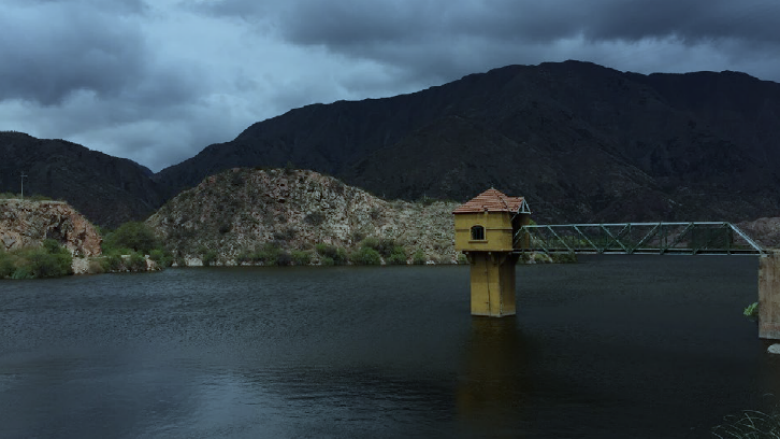Challenge
The province of La Rioja is located in the Argentine Northwest area, its landscape is arid to semi-arid, and the dry climate receives annually less than 200 mm of precipitation. Agriculture is one of the Province’s main economic activities, and in this context efficient water management (for irrigation and drinking) is essential. Rural water management has historically been weak and intermittent, mainly due to deficiencies in planning, budgeting, coordination, and management of water systems and resources. Such deficiencies not only reduced the profitability of agricultural enterprises, they also hindered satisfaction of basic human and environmental needs. In addition, La Rioja’s government generated less than 6 percent of its total revenue locally, below the national provincial average of 17 percent, mainly due to inefficiencies in tax administration. Shortcomings in budgeting and public procurement were also identified as constraints for expenditure effectiveness. Poor public management hindered the impact of public services in priority areas, including rural water management.
Approach
The WB's Public Sector Strengthening Program was designed to combine cross-cutting horizontal interventions in public administration (tax administration, budgeting, and procurement) with a focus on a specific sector. Improvements in tax administration were designed to create fiscal space, while outcomes from pilot interventions to improve access and management in the high visibility rural water increased political support for fundamental, but less obvious back office cross-cutting public sector reforms. These reforms included strategic sector planning and procurement plans, regulations and institutional frameworks, and agreed standards for service. The rationale was that these cross-cutting reforms would be most sustainable if combined with visible improvements in water service delivery. This combination would generate the necessary political capital and citizen support. Technical assistance was key to building local capacity to sustain the reforms.
